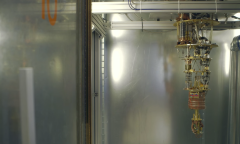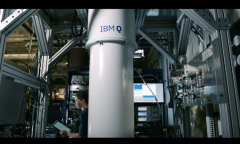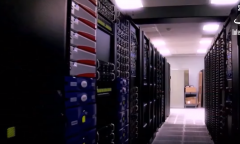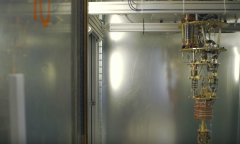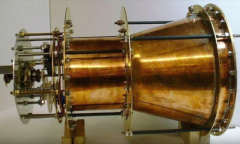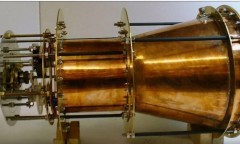By Prei Dy, | June 16, 2017
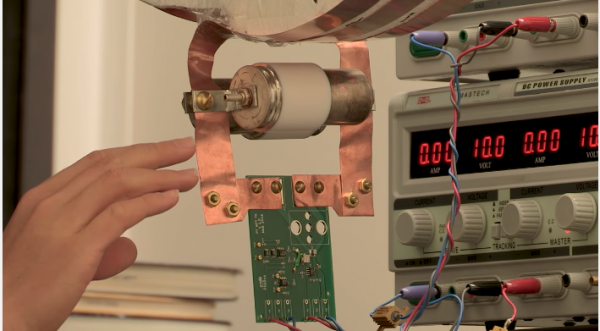
Stanford University scientists want to incorporate wireless technology to electric cars. (YouTube)
A new breakthrough in wireless charging technology could soon pave way to the new era of limitless range electric cars.
Scientists from Stanford University have demonstrated a practical method of transmitting electricity wirelessly to a moving object, with devices like electric toothbrushes and smartphones being recharged by magnetic induction.
Like Us on Facebook
However, a major technical hurdle has by far prevented the same kind of wireless system to power up larger moving objects like cars. But if this emerging research lives up to its promise, electric cars could soon become the standard form of transport.
Currently, electric cars could not travel by over 200 miles without a plug-in battery recharge, which usually takes several hours. But the new wireless charging would overcome this limitation, making it possible to drive an electric car to any number of miles without the need of recharging.
"In theory, one could drive for an unlimited amount of time without having to stop to recharge," lead researcher Professor Shanhui Fan said. "The hope is that you'll be able to charge your electric car while you're driving down the highway."
Drawing its ideas from quantum mechanics, Fan explained that a coil found at the bottom of the vehicle could source electricity from a series of coils connected to an electric current installed on the road. Wireless charging exploits the way electricity moving through a wire creates an oscillating magnetic field. The field will induce electrons in a wire coil placed nearby to oscillate too, thus producing a current.
However, although the so-called magnetic resonance coupling technique works well with static devices, transferring power to a moving object could be a major hurdle. The device's circuit needs to be returned to match the power source and maintain the flow of electricity, a sophisticated process that eventually becomes too impractical.
Engineers @Stanford overcome major hurdle to #wireless #charging of moving electric cars, other devices. News +vid: https://t.co/ZLaqAaOzct pic.twitter.com/0bgfF37Au6
— Stanford Energy (@StanfordEnergy) June 14, 2017
The researchers made a new kind of feedback circuit, in which they incorporated a commercially available voltage amplifier that effectively tunes itself as the gap between the transmitter and receiver differs. Such system was tested by putting a LED bulb on the receiving coil.
Usually, the light becomes less bright as distance increases. But with self-tuning, the light stayed constantly bright as the receiver moved up to three feet away from the power source.
"We still need to significantly increase the amount of electricity being transferred to charge electric cars, but we may not need to push the distance too much more," Fan said.
"For anything that could benefit from dynamic, wireless charging, this is potentially very important."
-
Use of Coronavirus Pandemic Drones Raises Privacy Concerns: Drones Spread Fear, Local Officials Say

-
Coronavirus Hampers The Delivery Of Lockheed Martin F-35 Stealth Fighters For 2020

-
Instagram Speeds Up Plans to Add Account Memorialization Feature Due to COVID-19 Deaths

-
NASA: Perseverance Plans to Bring 'Mars Rock' to Earth in 2031

-
600 Dead And 3,000 In The Hospital as Iranians Believed Drinking High-Concentrations of Alcohol Can Cure The Coronavirus

-
600 Dead And 3,000 In The Hospital as Iranians Believed Drinking High-Concentrations of Alcohol Can Cure The Coronavirus

-
COVID-19: Doctors, Nurses Use Virtual Reality to Learn New Skills in Treating Coronavirus Patients


